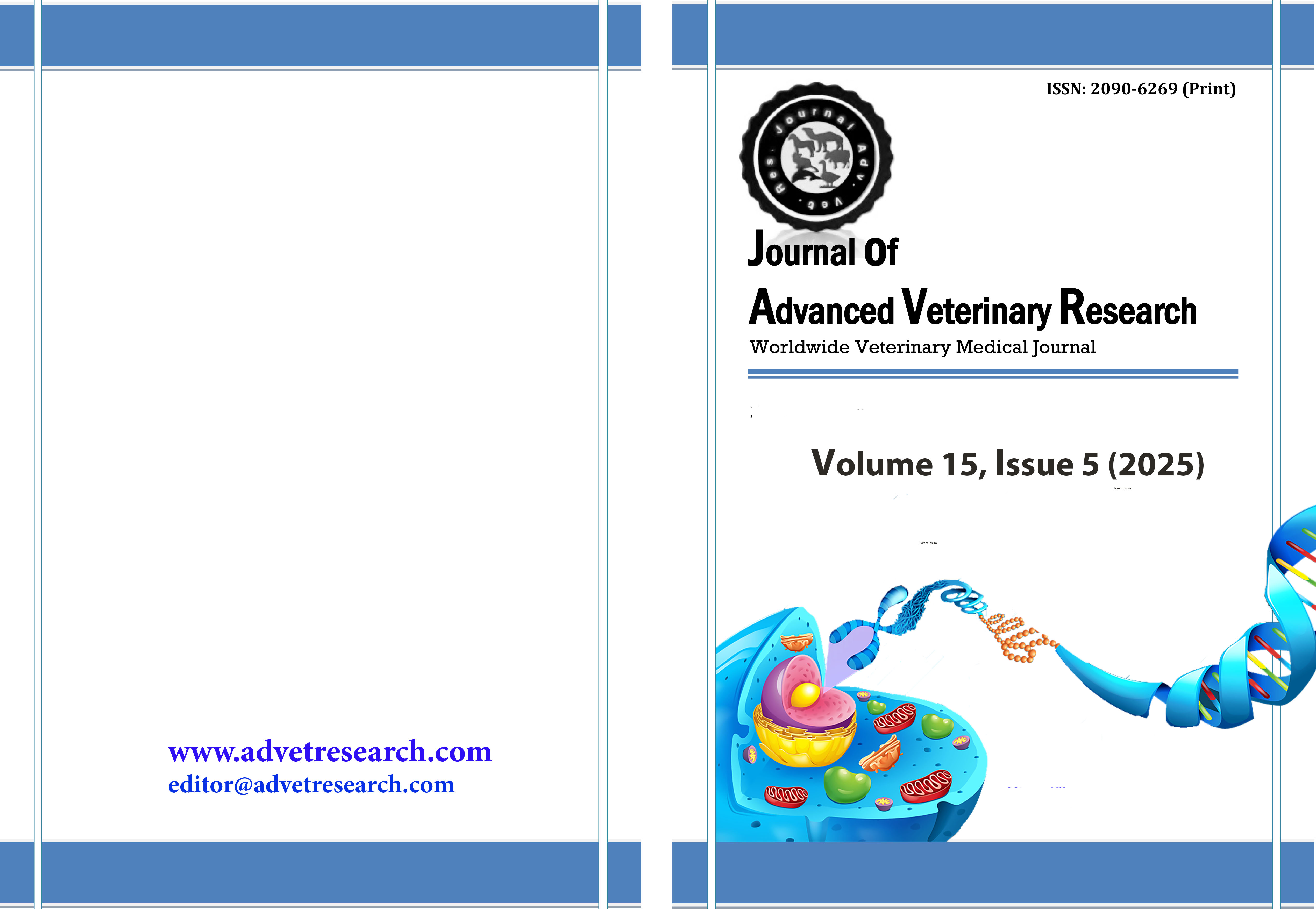Proximate composition, fatty acid profile, and sensory evaluation of meatballs as processed food from duck with fermented seaweed waste feed treatment
Keywords:
Duck meatballs, Sensory, Fatty acid, Fermented seaweed wasteAbstract
A previous study, seaweed (Glacilaria sp.) waste containing its symbiont (Brotia sp.) was utilized as Pegging duck feed supplement. This study investigated the impact of using fermented seaweed waste (FSW) as a Pegging duck feed supplement on the proximate composition, fatty acid profile, and sensory properties of duck meatballs. The result showed that ducks fed with fermented seaweed waste (FSW) had carcass with low fat content. Meatballs from duck fed with 12.5 % FSW for 30 days starting from 15-weeks-old, had lower fat content and higher unsaturated fatty acid [Palmitoleic (omega-7), Eicosapentaenoic (omega -3), Linolenic (omega-3), and Oleic (omega -9)] significantly than control meatballs (without SW feed treatment). However, Linolelaidic (omega-6) as a trans fatty acid was significantly lower in duck meatballs treatment than control. There was no effect of SW treatment on the saturated fatty acid of duck meatballs. Sensory test demonstrated that duck meatballs of treatment group was preferable than control and had similar preferences to commercial. The treated duck meatballs had a desirable meat aroma, were tender and had good taste and springiness. In conclusion, supplementing duck feed with fermented seaweed waste can produce healthier, low-fat duck meatballs with improved sensory qualities, supporting their potential as a functional food product.
Downloads
Published
How to Cite
Issue
Section
License
Copyright (c) 2025 Journal of Advanced Veterinary Research

This work is licensed under a Creative Commons Attribution-NonCommercial-NoDerivatives 4.0 International License.
Users have the right to read, download, copy, distribute, print, search, or link to the full texts of articles under the following conditions: Creative Commons Attribution-NonCommercial-NoDerivatives 4.0 International (CC BY-NC-ND 4.0).
Attribution-NonCommercial-NoDerivs
CC BY-NC-ND
This work is licensed under a Creative Commons Attribution-NonCommercial-NoDerivatives 4.0 International (CC BY-NC-ND 4.0) license




